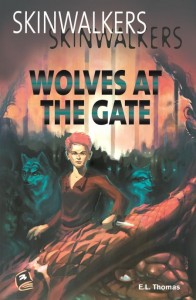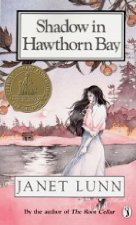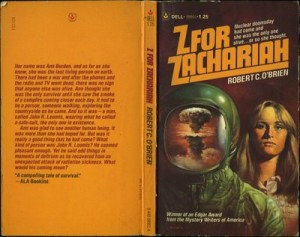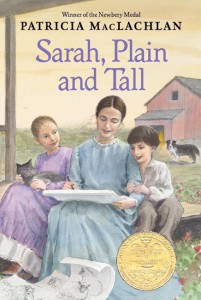I spent last weekend at a Screenwriters’ Summit in Toronto, with fellow children’s writers Lena Coakley, Cheryl Rainfield, Karen Krossing, Jennifer Gordon and Urve Tamberg. My brain is still on overload. But I learned stuff. Oh, yes, I learned stuff. (No, I wasn’t just there for the movie clips.)
The speakers: Syd Field. John Truby. Linda Seger. Michael Hauge. I felt like I was meeting my movie stars. It was amazing. And the ideas! My hand nearly fell off, I wrote so much.
Here’s some of what I learned:
Linda Seger
Linda differentiates between art, craft and the creative process. All three are important, and all three need to be cultivated.
Art is the “voice” of the writer, which ties in to the writer’s outlook on the world. Is most of what you write optimistic? Pessimistic? Do you have an agenda? Will you use an intellectual tone, a paranoid tone, a warm tone? Voice is something that emerges over years and over a body of work.
Craft is technique. It’s the part of writing that you can learn. It’s reading books on writing, reading books as a writer, not just as a reader. Watching movies and thinking about the structure of them. Trying new things and failing. Trying again.
Creative Process is unique to the writer. The point here is to learn your own work habits — are you most productive in the morning? At night? — and be aware of them, so you can plan your work time accordingly.
Linda had a lot of other great things to say, too, but some of it has already been touched on in Lena’s and Karen’s posts. Make sure you take a look! Linda’s books are also worth checking out.
John Truby
I’d love to write up John Truby’s talk in its entirety and share it here. I think that was the part of the weekend when the hand cramps started. I just couldn’t write fast enough to keep up with all of the fascinating things he had to say. He’s got a book. Trust me, you want to read it.
One thing to start with: differentiate between your main character’s need, and his desire or goal. The character’s need is a weakness. It’s something holding your character back. It’s the root of your character arc.
The character’s desire is specific to your story — maybe she wants to be an astronaut, but if your novel is about striving to get the highest mark on the grade twelve physics exam, that’s the desire. (Obviously, you’d want to put the astronaut thing in there, too, because that’s just cool.)
And your antagonist? That’s the guy who wants to keep your main character from reaching her goal, of course. Probably because he wants it, too.
Syd Field
Syd Field talked mostly about setting up and establishing story. A lot of what he had to say was kind of specific to the movie business (voice-overs, anyone?), but here’s one thing that I thought was interesting for the YA writers out there.
What Syd calls a “circle of being” event (sounds a bit California for me, frankly), is a traumatic experience that affects the characters life either emotionally, physically or mentally.
This experience usually takes place between the ages of 13 and 20. That’s important, because those teen years are when the family stops being the absolute centre of life. Teens turn outward and rely more on friends and there social circle. It’s an emotionally charged time.
A “circle of being” event might be the loss of a parent, or a move to another city. It might be an accident that permanently changes the character, as in the movie The Lookout. The ripple effects of this event will follow your character throughout their life.
Sounds like inciting incident material to me.
Syd, of course, has a book as well.
Michael Hauge
Michael Hauge was, I think, a little nervous about following all these giants. He didn’t need to be. His talk was amazing. It was another one of those sessions where I wished I had brought a spare hand along with me so I could write faster. (No, I’m not ambidextrous.)
His book (a new edition!) is on my wish list now.
My favourite part of Michael’s talk, besides the bit where he bribed us with schmancy bookmarks printed with his take on plot structure, was when he lined up the arcs.
Michael has his own take on three-act structure. Now I’ve read a lot of versions of three-act structure, and I had just listened to John Truby explaining that there was no such thing, but I like Michael’s take. I like it because he showed how the outer journey, the external arc of the story, lines up with the character’s inner journey, the inner arc. You don’t just lay a foundation for change and then have the character suddenly flip in the last scene. The change happens gradually. A character wavers back and forth between who he was and who he might be. It made a lot of sense, and helped me understand some issues in my own works-in-progress.
It was an intense weekend, filled with lots of great new information. I was glad to be there with friends. “Pssst — Cheryl! What did he just say? What movie was that?”
It was kind of like university all over again. Except better. Because this version featured Harrison Ford clips.
To learn more about the summit, read what Cheryl Rainfield, Lena Coakley and Karen Krossing had to say.









